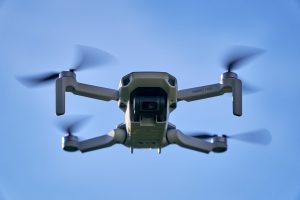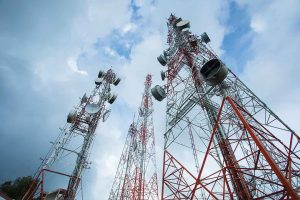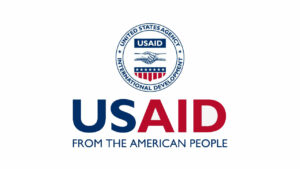Philippines told to boost anti-drone system

By Kyle Aristophere T. Atienza, Reporter
THE PHILIPPINES should boost its anti-drone capability to counter aerial threats used in geopolitical disputes, according to defense analysts.
Chester B. Cabalza, who studied national security and policymaking at the University of Delaware, said both state and nonstate actors have increasingly been using drones “for their violent activities due to their accessibility and pronounced use in war.”
“The sophistication of this high technology will also lead to the rise of artificial intelligence and robotics to advance the level of warfare,” he said in a Facebook Messenger chat.
The Israeli government on Monday shared with the Philippines its best practices in countering threats from “very developed” drones.
“Every organization here in the Philippines has its own asset that needs to be defended,” Israel Ambassador Ilan Fluss told reporters before holding a closed-door meeting with Philippine security officials.
At the meeting, representatives from state-owned and private companies in Israel offered anti-drone technologies and shared practices in keeping drone threats at bay.
“It is a process, shaping policy, identifying what are the challenges, where are the issues, what kind of solutions and only at the end you look at the technologies,” Israel Defense Attaché to the Philippines Raz Shabtay told a news briefing. “For that, we have the Israeli companies to present the technologies and so it’s much wider than just bringing a company.”
“We have here not only the military, but different civil departments or entities because it’s an all-government approach here.”
The anti-drone seminar in the Philippines was held weeks after Taiwan shot down an unidentified civilian drone that entered its airspace near Lion islet, which is just a few kilometers away from mainland China.
Chinese military exercises have been held around the area since August after a top US lawmaker visited Taiwan, which is being claimed by China.
“The recent drone attack in Taiwan is a simulation of what China can do against its neighbors,” Mr. Cabalza said. “Drones are used in present and future warfare.”
In case the Philippines defies Beijing and sides with Washington in the South China Sea, “China will heavily use drones for the fortification of its militarized islands in the disputed waterway, aside from using its armada,” he added.
The commercial drone that flew over the Taiwanese islet, which serves as a defense outpost, should not be underestimated because China can use it to reconnoiter Taiwanese activities on the islet or “use it to attack,” Kiefer Zachary Hipe, a military historian, said in a Messenger chat.
“While we are aware of Chinese maritime patrols and encroachment in Philippine waters, they could also utilize drones to further assess our military’s positioning and capabilities,” he said. “Sensitive military information about our forces is something that we do not want the Chinese to exploit or, at the very least, find out.”
Mr. Cabalza said drones are a new means of “coercion and plausible warfare,” noting that they were used in hybrid warfare in the Marawi siege in the Philippines in 2017, Russia’s war in Ukraine and during tensions in the Taiwan Strait.
The anti-drone market is valued at $900 billion and is expected to increase to $3.8 billion by 2027, according to a report by Markets and Markets. Rising security breaches are among the factors that fuel the market.
Drones are widely used in the Philippines by content creators, allowing them to get a wider perspective of subjects. In advanced countries, the aerial device is widely used in nature conservation, farming and monitoring weather.
“Drones also pose a considerable threat, given that they are flexible in terms of usage,” Mr. Hipe said, noting that the Russia-Ukraine war has already shown the “potency” of drones in both defense and offense.
Drones can also be used in surveying areas that are closed to the public such as military bases and critical government facilities, he said.
Extremists have also been using commercially available drones to widen their reach or carry out attacks, forcing countries with strong defense capabilities to heavily invest in anti-drone systems.
But governments have also been using drones incorrectly, with Israel gaining the ire of international community in previous years for using drones to bomb Palestinian communities.
“There are no existing domestic laws and regulatory measures in the use of drones during conflicts and war,” Mr. Cabalza said. “These should be mitigated by international bodies like the United Nations and regional organizations.”
The Philippines has measures that regulate the use of drones, which could affect aviation operations. The Civil Aviation Authority of the Philippines has guidelines on how a person should operate their drones, Mr. Hipe said.
But policies are not enough to deter drone threats, he said. “They can only go so far as to regulate their use by the general public.” “The advancement of drones comes with countermeasures. We must ensure that our forces can adequately handle threats, lest we be caught off-guard.”
Jose Antonio Custodio, a defense analyst, said the Philippines should develop its anti-drone systems amid the changing geopolitical landscape, noting that drones have been used in the country for years.
While assistance from foreign countries should be welcomed, the country should use its capabilities and resources to develop anti-drone technologies locally, he said by telephone.




